Captured in colour: rare photographs from the First World War - Castelnau, Cuville and the French photographic tradition
Serving in the French Army, photographers such as Paul Castelnau (1880–1944) and Fernand Cuville (1887–1927) continued the autochromists’ tradition of recording the world around them in great detail.
By the early 20th century France’s empire extended from the Caribbean to Africa, south-east Asia and the Pacific. This expansion had been accompanied by an intense interest in the educational value of social geography and the systematic documentation that went with it. Photography, and the autochrome in particular, was an ideal medium for capturing such vast quantities of information with great accuracy. The French banker Albert Kahn’s photographic project, Les Archives de la Planete, which was begun in 1909 and designed to be a collection of thousands of autochromes arranged in geographical categories, was a magnificent expression of this interest. Castelnau and Cuville had contributed to this project.
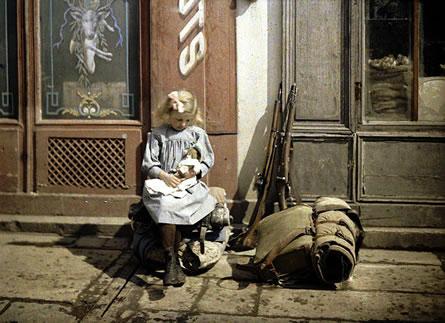
Fernand Cuville
A small girl playing with her doll, Reims, 1917
print from autochrome
Archives Photographiques, Ministère de Culture
CVL 00049
With an eye for educational detail, the two autochromists recorded life in the French army, and the destruction of town and village life caused by German shelling. Both, however, brought an artistic language to their work which would distance it from the horrific realities of war.

Paul Castelnau
The cathedral’s towers, Reims, 1917
print from autochrome
Archives Photographiques, Ministère de Culture
CA 000355

Fernand Cuville
Algerian worker, 1917
print from autochrome
Archives Photographiques, Ministère de Culture
CVL 00302

Paul Castelnau
Senegalese soldier
print from autochrome
Établissement Cinématographique et Photographique des Armées
AUL 19
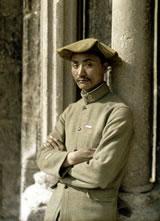
Fernand Cuville
Annamese soldier, 1917
print from autochrome
Archives Photographiques, Ministère de Culture
CVL 00155
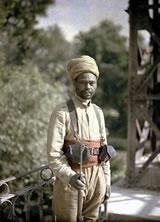
Fernand Cuville
Algerian soldier, 1917
print from autochrome
Archives Photographiques, Ministère de Culture
CVL 00232
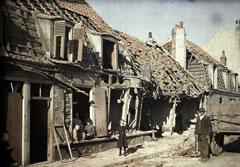
Paul Castelnau
French homes after air raids, Rosendael, 1917
print from autochrome
Archives Photographiques, Ministère de Culture
CA 000702
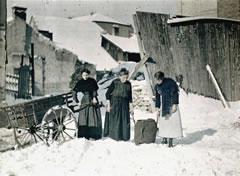
Photographer unknown
French women working in the snow
print from autochrome
Établissement Cinématographique et Photographique des Armées
AUL 183

Photographer unknown
French civilians
print from autochrome
Établissement Cinématographique et Photographique des Armées
AUL 196

Paul Castelnau
Milk delivery in the snow, Reims, 1917
print from autochrome
Archives Photographiques, Ministère de Culture
CA 000170
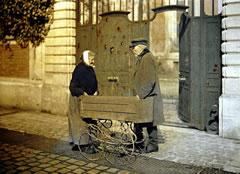
Fernand Cuville
Two civilians, Reims, 1917
print from autochrome
Archives Photographiques, Ministère de Culture
CVL 00037